So what is Hawai’i 2050, anyways? Due to the steady deterioration of public infrastructure, lack of affordable housing, continued reliance on a service-based economy, vulnerability of Hawai’i in a volatile global energy market, possible interruptions in travel and critical food supplies, threats to our fragile island ecosystems, and the ever increasing numbers of residents and visitors all raising questions about the direction of our state, Hawai’i 2050 is Hawaii’s first long-term sustainability plan in over 30 years.
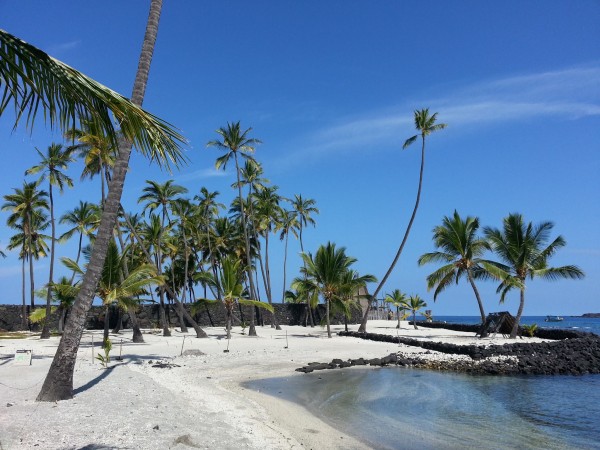
After 2 years of planning, a group of 25 community members, also know as the “Task Force,” have brought together various skills and experiences in planning, community, business, environment, and government to create a plan outlining the future of our islands. By asking over 10,500 residents what they want to see in the future regarding economy, society, and environment – and how to achieve these goals – the Task Force has “initiated and implemented one of the most comprehensive and inclusive planning processes in our state’s history.”
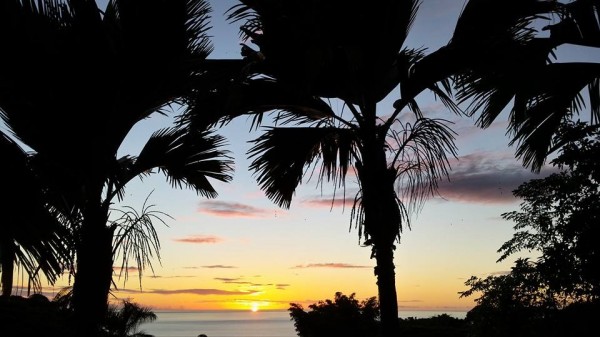
What is Sustainability?
According to the United States Environment Protection Act (EPA), sustainability has emerged as a result of significant concerns about the unintended social, environmental, and economic consequences of rapid population growth, economic growth, and consumption of our natural resources. Sustainability is important to making sure that we have, and will continue to have, the water, materials, and resources to protect human health and our environment.
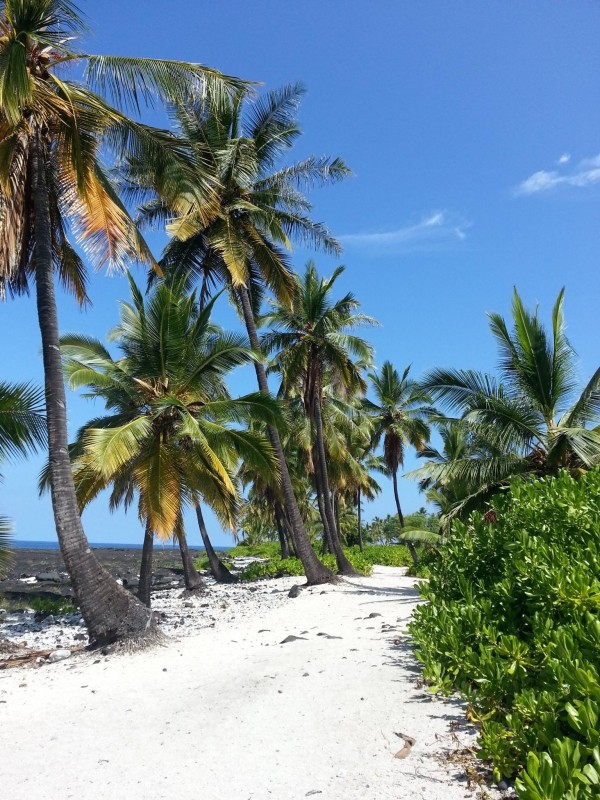
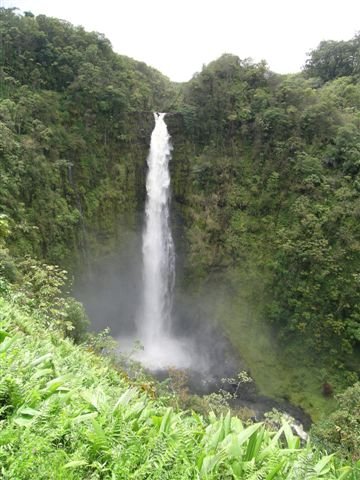
If you look up the word ‘sustainability,’ you will find that it is defined as how biological systems remain diverse and productive, the capacity to endure, and the creation and maintenance under which humans and nature can exist in productive harmony fulfilling social, economic, and other requirements of current and future generations. “Today EPA aims to make sustainability the next level of environmental protection by drawing on advances in science and technology to protect human health and the environment, and promoting innovative green business practices.”
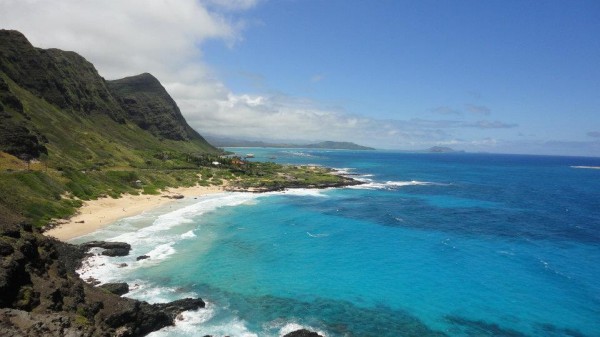
Here on the islands, the community has created their own definition of sustainability. The community has decided that by 2050 they want to live in a Hawai’i that respects the culture, character, beauty, and history of the state’s island communities. They want a balance to be achieved amoung economic, social and community, and environmental priorities without compromising the ability of future generations to meet their own needs.
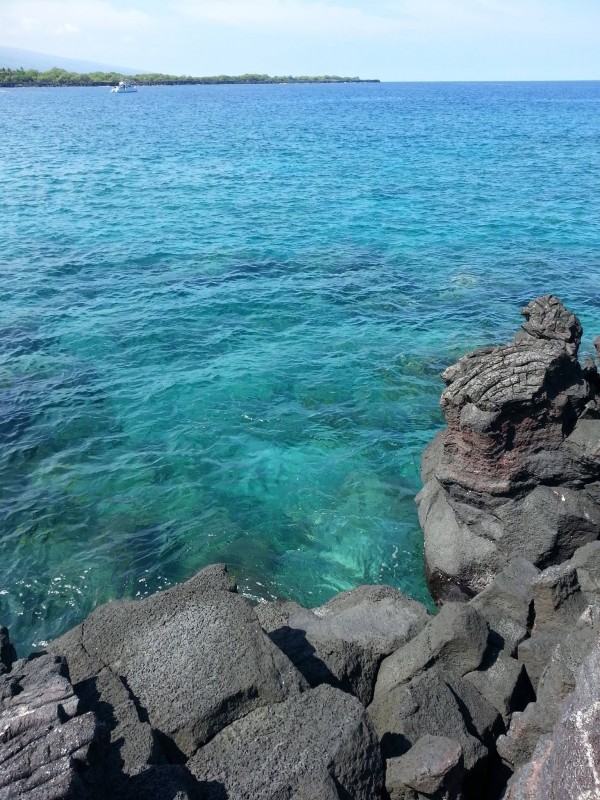
In order to ensure that there is a deeply held sense of where Hawai’i should be headed, these goals are broken down into five integrated philosophical goals expressing the sustainable future. These goals are listed as follows:
- Living sustainability is part of our daily practice.
- Our diversified and globally competitive economy enables us to meaningfully live, work, and play.
- Our natural resources are responsibly and respectfully used, replenished, and preserved for future generations.
- Our community is strong, healthy, vibrant, and nurturing, providing safety nets for those in need.
- Our Kanaka Maoli (native Hawaiians) and island cultures and values are thriving and perpetuated.
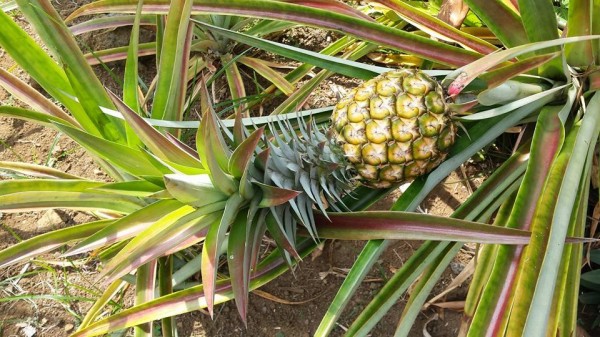
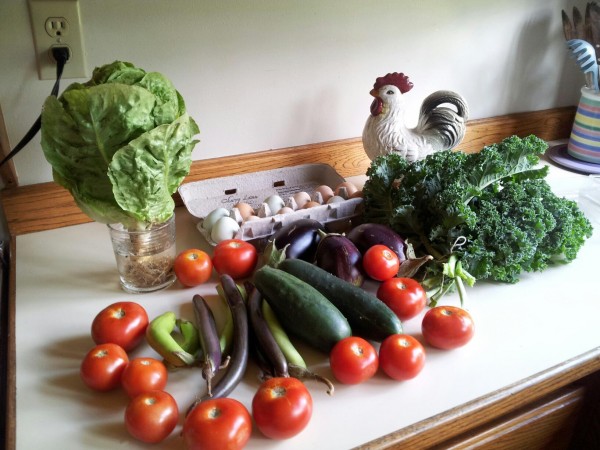
In order to achieve these goals, there are a number of priority actions, or intermediate steps, that need to be taken by year 2020. These tangible targets and benchmarks include:
- an increase of affordable housing opportunities for households up to 140% of median income
- strengthening public education
- reducing the reliance on fossil fuels
- increasing recycling
- reuse and waste reduction
- development of a more diverse and resilient economy
- creation of a sustainability ethic
- increasing production and consumption of local foods and products – particularly agriculture
- providing access to long-term care and elderly housing
- preserving and perpetuating island cultural values
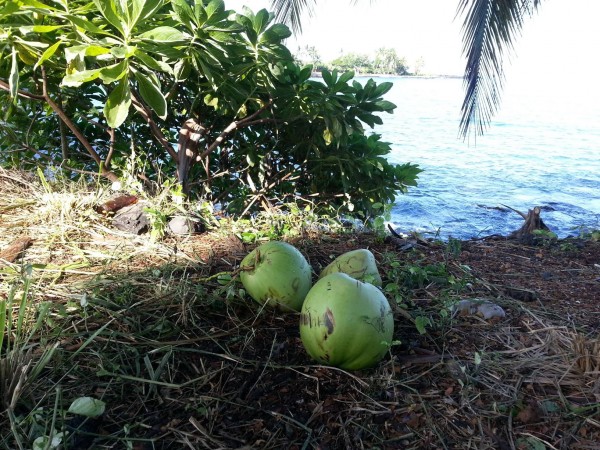
“Tempers are flaring a little more than they used to a decade ago. Comments that ‘Hawaii is not what it used to be’ are becoming noticeably frequent.”
Are These Plans Attainable?
By integrating the values and principles of the traditional Kanake Maoli concept of the ahupa’a resource and behavioral management system as a philosophical basis for a sustainable Hawai’i by ensuring that people respect the air, land, water, and other scarce natural resources that make life sustainable from the mountains to the sea, the answer is yes. However, education is key.
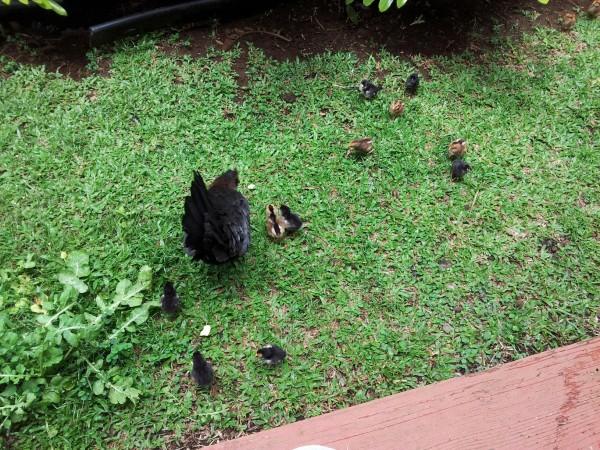
The community needs to be engaged and committed to the concept of sustainability. In order to get the information to the community, it is now part of the educational curriculum – including teacher preparation, professional development, curriculum development and assessment, and specific course requirements in sustainability. These core concepts are believed to be just as important in a student’s education as math, reading, and history are.
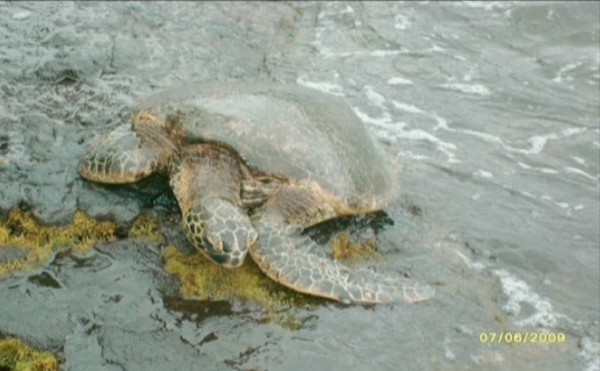
By continually monitoring the trends and conditions in Hawai’i’s economy, society, and natural systems, Hawai’i 2050 will be accountable. In order to implement accountability, a Sustainability Council, or a lean quads-governmental agency whose job is to coordinate sustainability efforts, has been established.
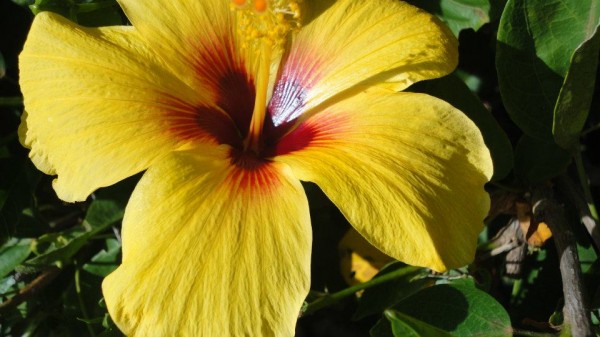
For More Information
To read more about Hawai’i 2050, please see the Hawaii 2050 plan.




Leave your opinion here. Please be nice. Your Email address will be kept private, this form is secure and we never spam you.